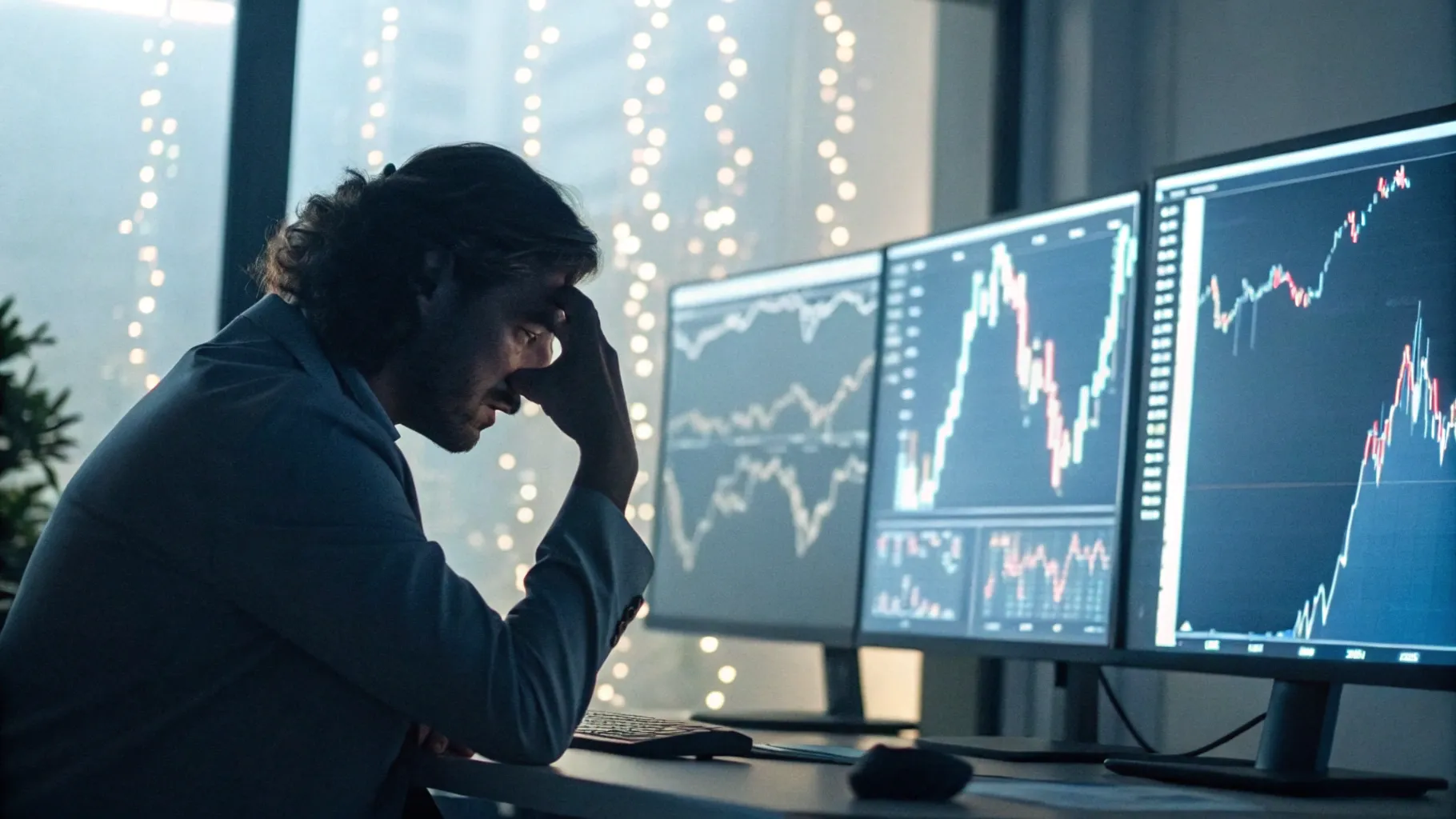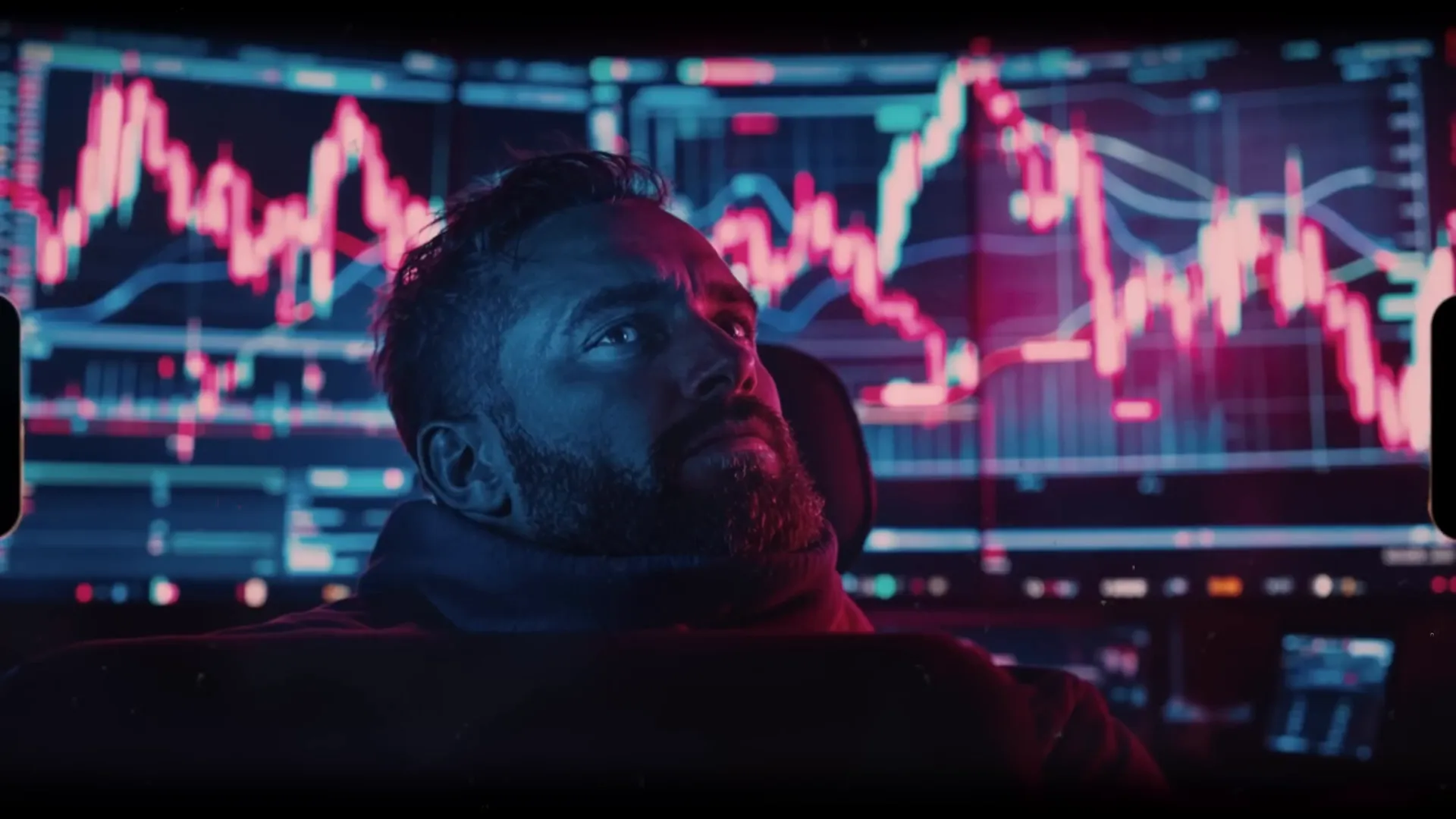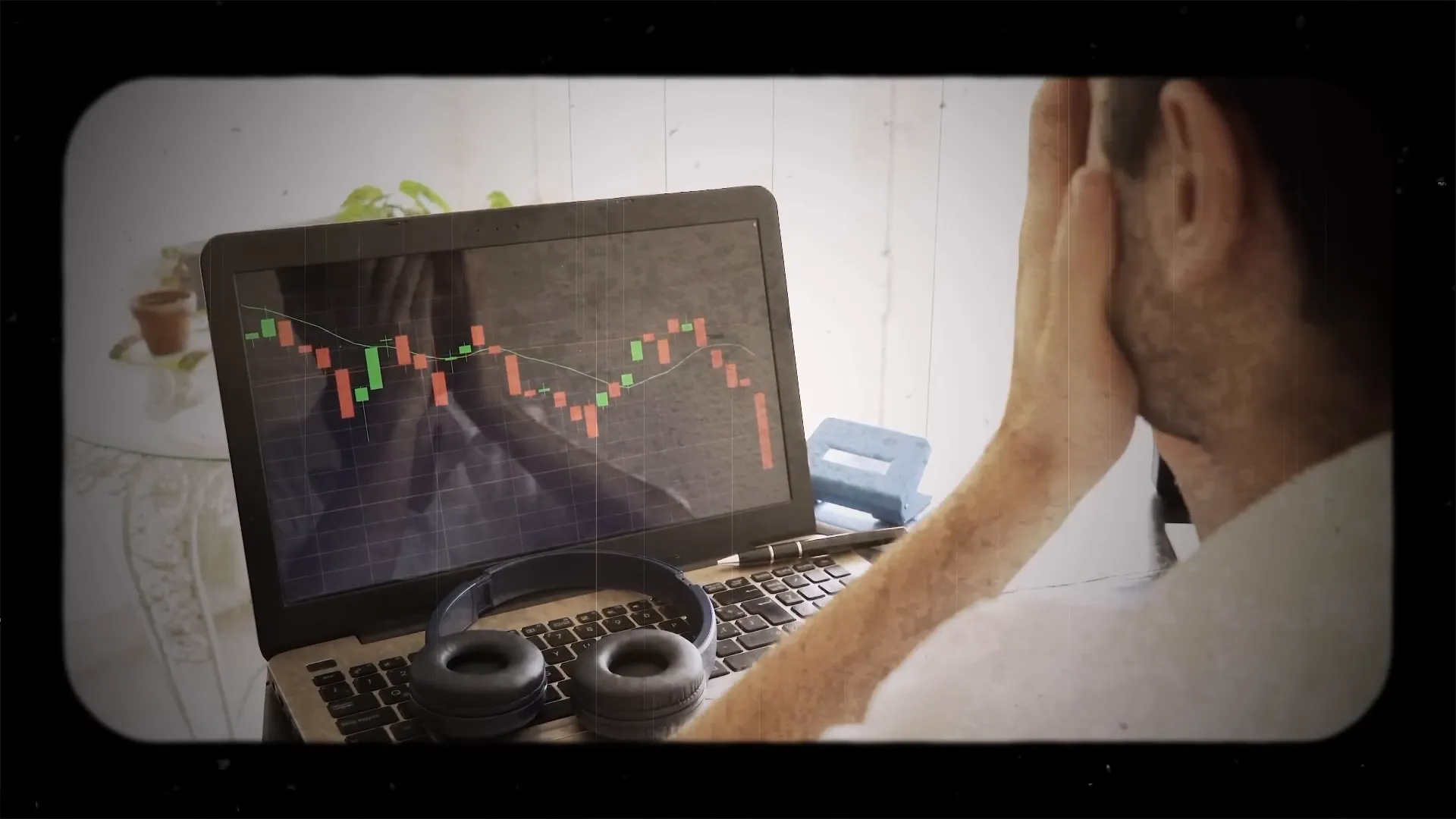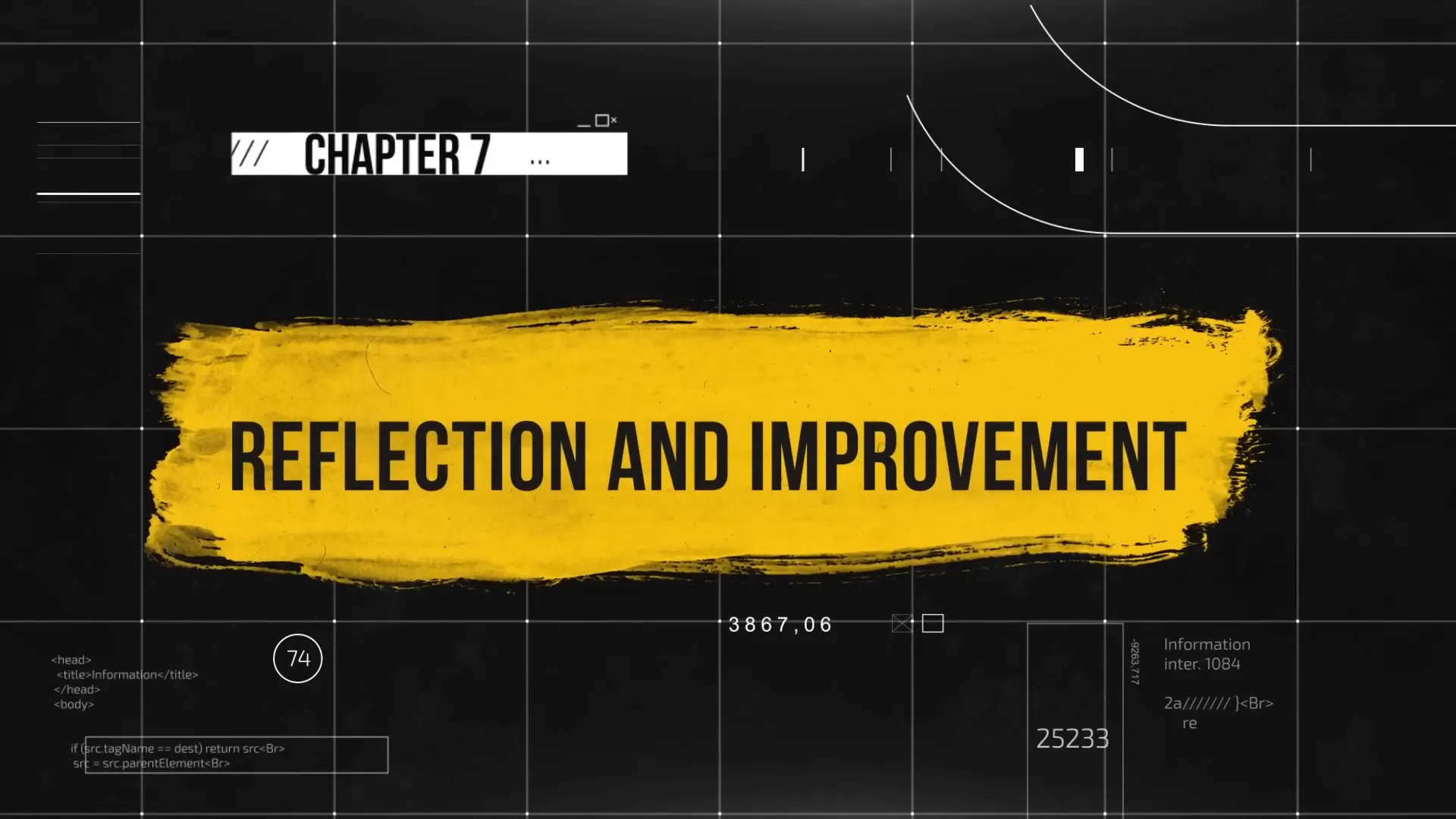
Trading cryptocurrency and bitcoin is not just about charts and numbers—it’s a battle fought within your own mind. If you’ve ever felt your heart race as a trade nears your stop-loss or hesitated at the critical moment, you’re not alone. These emotional rollercoasters are common among traders, and understanding them is the first step toward mastering your trading journey.
In this guide, we’ll explore the core psychological challenges that traders face, why they often fail, and how you can build resilience and discipline to trade your own path confidently. Let’s dive into the blueprint for developing the millionaire trader mindset that can transform your trading results.
Table of Contents
- The Emotional Rollercoaster of Trading
- What Traders Do Wrong: The Root Causes of Failure
- Dopamine, Stress, and Decision-Making in Trading
- Building Emotional Resilience
- Mastering Discipline in Trading
- Trading Your Own Path: Avoiding Comparisons and External Noise
- Reflection and Continuous Improvement
- Conclusion
The Emotional Rollercoaster of Trading
Imagine sitting in front of your screen, watching a trade inch ever closer to your stop-loss. Your heart pounds, a knot forms in your stomach, and your mind races with conflicting thoughts: Should you close the trade early or wait? Fear creeps in, freezing your decision-making, and when the market finally pushes against you, you exit with trembling fingers, only to feel regret and blame yourself.

This fear of losing is one of the biggest burdens traders carry. It can manifest as stubborn hope, panic exits, or frozen inaction. Fear steals clarity, blinds you to good choices, and pulls you away from your trading plan. It chips away at your confidence and self-worth.
Alongside fear, greed often rears its head. You spot a hot cryptocurrency or bitcoin setup that looks like an easy jackpot. You enter, craving quick gains. If it works, overconfidence may follow; if not, you chase losses impulsively, overtrading and breaking your own rules. Boredom can also drive impulsive trades without a plan, which the market punishes harshly.

Many traders also suffer from analysis paralysis—overthinking setups, flipping through indicators, and second-guessing plans—only to watch potential gains slip away. Unrealistic expectations, social pressure, and the fear of missing out create emotional whiplash, shaking confidence and disrupting even the best strategies.
What Traders Do Wrong: The Root Causes of Failure
At the core of many trading failures is ignoring your own plan. You might craft a detailed system outlining entries, exits, and risk, but in the heat of the moment, impulsive emotions take over. You chase quick jumps, panic on drops, and let fear or greed dictate your moves. This leads to random results and confusion.
Emotional trading is widespread. You might risk 20% of your account on a "sure bet" despite your plan saying 3%, or exit winning trades too early due to fear. Chasing losses in an attempt to recover can double your losses and deepen frustration. Overconfidence from a winning streak tempts you to increase size and skip risk measures, only to be humbled by a large loss.
Confirmation bias clouds judgment as well. You see only bullish news and ignore warning signs, only to be caught off guard when the market turns. The sunk cost fallacy makes you hold onto losing trades longer than you should because you’ve invested time and emotion, often adding to your losses.

These harmful loops—ignoring plans, emotional trading, chasing losses, and overconfidence—create a cycle of poor results and stress. Awareness is key: you cannot blame the market’s moves; your job is to control your reactions and mindset.
Dopamine, Stress, and Decision-Making in Trading
The promise of profit triggers dopamine, a chemical that drives reward-seeking behavior. This rush can override reason, pushing you to ignore risk rules and jump into trades impulsively. Like gambling, this addiction to the thrill can lead to overtrading and reckless decisions.
Stress plays its part too. When trades go against you, cortisol floods your system, triggering fight-or-flight responses that cloud judgment. Panic exits, revenge trading, and fixation on losses are common reactions. Over time, mental fatigue and decision fatigue set in, weakening willpower and increasing mistakes.
Understanding these physiological and psychological triggers empowers you to pause and regain control. Journaling your trades and emotions is a powerful tool to bring conscious awareness. By tracking anxiety, excitement, and fear, you can identify patterns and avoid trades made in emotional extremes.

Breaking free from dopamine highs and cortisol lows brings your trading back to a calm, levelheaded state essential for consistent success.
Building Emotional Resilience
Resilience is your ability to bounce back after losses without despair or arrogance after wins. It’s about accepting that losses happen and focusing on the next step, treating trading as a long-term probability game rather than a series of personal wins or failures.
Practice builds resilience. Each tough day you push through trains your emotional muscles. Acceptance frees you from blaming the market and shock when losses arrive. Self-awareness helps you recognize your emotional triggers—whether it’s overconfidence after wins or fear after losses—so you can plan accordingly.
Consistency in trade size and following a checklist fosters emotional stability. Reviewing setbacks as lessons—whether from market conditions, anxiety, or flawed stops—allows you to update your plan and improve.
Mastering Discipline in Trading
Discipline is more than ticking boxes; it’s following your structure even when emotions scream otherwise. Your trading plan might say risk only 2%, trade only at certain times, or exit on specific signals. Discipline stops you from chasing impulsive moves or ignoring your rules.
Many traders see discipline as boring, craving the thrill of big moves that often lead to reckless decisions. The best traders stick to their routine, trading what they know calmly and consistently. Small exceptions—like increasing size for a “sure setup” or holding losses beyond stops—chip away at discipline and can lead to blowing your account.
Routine is your ally: use pre-trade checklists, review your trades, and keep emotions in check. Sometimes, the best trade is no trade when conditions don’t match your strategy.
Trading Your Own Path: Avoiding Comparisons and External Noise
Social media can be a minefield. Seeing others’ big wins or hot tips can spark envy and fear of missing out, pushing you into trades with no personal rationale. Remember, many only show wins, hiding losses behind the scenes.
Blindly following gurus or influencers without forming your own tested plan leads to confusion and stunted growth. Define your “why” for trading—is it security, thrill, or self-challenge? Writing this down anchors your mindset and shifts focus from “winning” to “improving.”
Measure success by how well you follow your plan daily. Even a small loss is a win if your process was perfect. Limit distractions by staying off social media during trading sessions and testing new ideas in demo accounts before integrating them.
Reflection and Continuous Improvement
Overcomplicating strategies and procrastinating on trades can be forms of self-sabotage driven by a desire for perfection. Recognizing these patterns is the first step toward change.
Keeping a trading journal is your best friend. Record entries, exits, emotions, confidence levels, and reasons behind each trade. Reviewing your journal reveals which behaviors lead to gains and which lead to losses, helping you fine-tune your approach.
Markets evolve, and so should your strategy. Stay open-minded but disciplined: test new ideas on demo accounts and keep what works. Above all, remember this:
A strong mental game always outperforms a strong strategy.
Master your psychology, and your cryptocurrency and bitcoin trading can reach new heights.

Conclusion
Trading cryptocurrency and bitcoin is as much a mental game as it is a technical one. Fear, greed, stress, and overconfidence can sabotage even the best strategies. But by understanding these emotional triggers, building resilience, mastering discipline, and focusing on your own path, you can develop the mindset of a millionaire trader.
Start by recognizing your emotional patterns through journaling, accept losses with grace, and stick to a tested plan even when the market tempts you otherwise. Protect your capital, avoid distractions, and remember that consistent execution beats chasing big wins.
With patience and practice, your trading psychology will become your greatest asset on the road to success.
The Psychology of a Millionaire Trader: Mastering Your Mindset for Cryptocurrency and Bitcoin Success. There are any The Psychology of a Millionaire Trader: Mastering Your Mindset for Cryptocurrency and Bitcoin Success in here.
